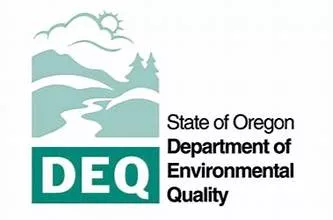As of today, the Oregon Department of Environmental Quality’s Air Quality Index has changed. It has been updated to align with the Environmental Protection Agency’s new National Ambient Air Quality Standard (NAAQS) for Particulate Matter 2.5 microns in diameter or less, also known as “soot.”
In an effort to better protect public health and be consistent with current health science, the level of the primary, health-based annual PM2.5 standard is now 9.0 micrograms per cubic meter (µg/m3). Previously, the level was 12 µg/m3. The EPA announced the rule change in February.
The new standard means the breakpoints for DEQ’s AQI, and EPA’s AirNow website and AirNow Fire and Smoke Map have changed. The particulate measurements used to calculate the values remain the same, but the AQI value classifications are now different. The stricter PM2.5 level will result in more frequent “Moderate” AQI category (Yellow) air quality conditions than in the past.
EPA has also adjusted the breakpoints for “Very Unhealthy” (Purple) and “Hazardous” (Maroon) categories to start at lower concentrations. While this occurs very infrequently, air quality may fall into these categories sooner than in the past, such as during severe wildfire conditions.
Notably, the new standard does not mean air quality is worsening. Classifying air quality in the “Moderate” category more frequently will help affected individuals and communities limit the impacts of particle pollution.
You can find more information about Oregon DEQ’s AQI on the “Air Quality Today” web page.





